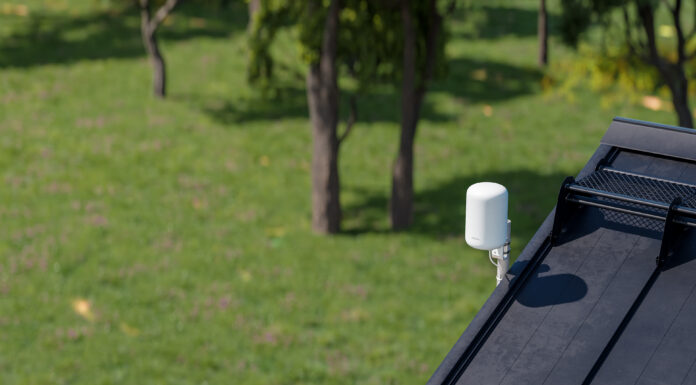It has been seven years since the first 5G millimeter-wave customer premise equipment (CPE) emerged, to support home broadband service to residential customers. So how is the technology faring today?
Over those intervening years, mmWave-based FWA has matured from its early iterations and overcome initial operational and deployment challenges. Market expectations reflect those advancements: Mobile Experts predicts a 16% compound annual growth rate (CAGR) for FWA connections through 2029 and a 43% CAGR for FWA mmWave devices in that same timeframe, as operators look for new ways to increase capacity for their FWA services.
What’s driving that growth? Two factors: Demand for more capacity because of the rapid pace of 5G adoption, and expansion of mmWave use cases because the technology has improved.
5G adoption is happening four times faster than 4G was adopted, according to newly published numbers from 5G Americas. As of the end of 2024, 5G subscriptions reached 2.25 billion, and they are on track to reach 8.3 billion by 2029. Already, in some dense urban and suburban markets, sub-6 GHz spectrum is being tapped out. So operators are looking to mmWave to densify their networks with a robust capacity layer—and enhanced mmWave products mean that they are able to do so with the same siting footprint as their current macro networks.
Excellent signal quality and throughput is now deliverable even in non-line-of-sight deployments (yes, even without optimizing directional pointing!), with Nokia’s 360-degree antennas and intelligent algorithms which enable the FastMile 5G mmWave Receiver to connect to a signal coming from any direction, and instantly switch between sources as needed to maintain the best connection. Those improvements also mean that the mmWave receivers can pick up reflections that deliver strong, reliable service in spite of seasonal foliage, growing trees, temporary obstructions or weather conditions.
And mmWave is no longer limited to population centers or large venues. With advances such as the high gain of Nokia’s antennas, mmWave is being successfully harnessed to provide 5G FWA to rural and remote areas where the economics of extending fiber simply don’t work—or in some cases, as a tool to draw in customers with a FWA precursor to fiber-to-the-premise.
Here’s one real-world example: In Australia, the National Broadband Network (NBN) is using Nokia’s Long Reach mmWave FWA technology and a combination of 28 GHz and midband spectrum holdings to offer FWA at multiple service tiers, including gigabit service, to customers who were previously only eligible for satellite internet service.
As of January 2025, NBN had more than 70,000 subscribers using those FWA broadband services. NBN testing has confirmed that the combination of mmWave + midband spectrum is capable of very high performance in the right conditions: Up to 2.3 Gbps at almost 9 km from the transmitting site.
That’s just one deployment amid global interest and investment, with more than 40 tests and trials of 5G mmWave technology and products happening across North and South America, Europe, Africa, the Middle East and Asia Pacific. With 5G FWA anticipated to see a CAGR of more than 40% through 2030, mmWave is a crucial component of effective monetization and growth strategies for current and future home broadband services.
Learn more about Nokia’s FastMile 5G mmWave portfolio here: https://nokia.ly/42yefBB

